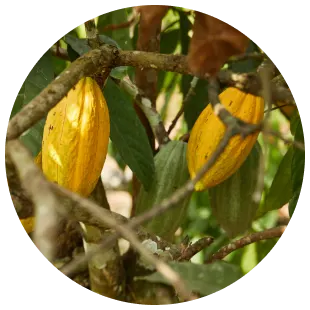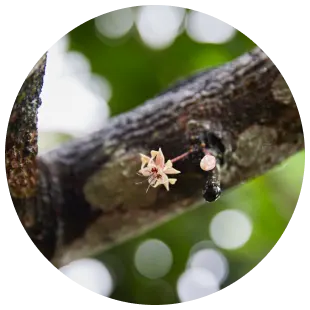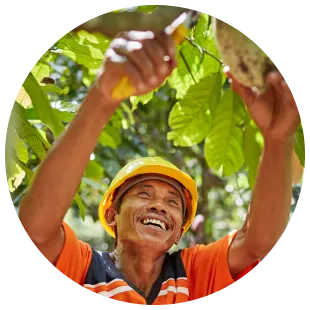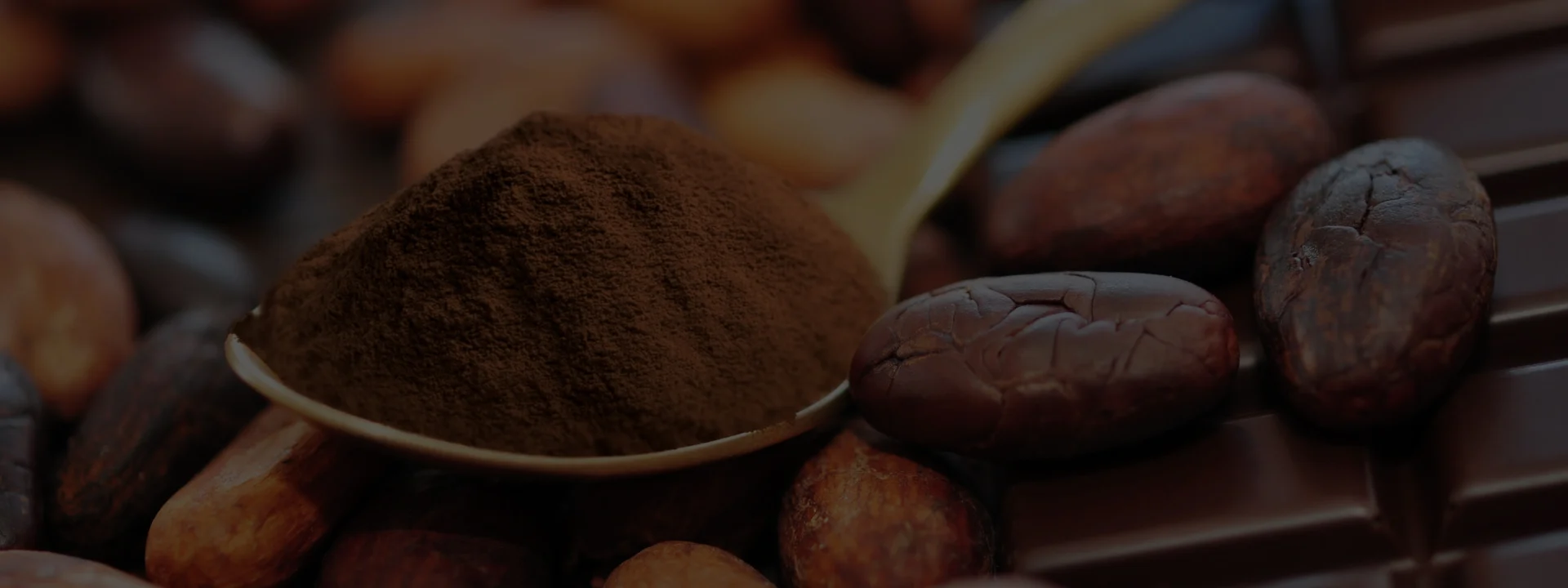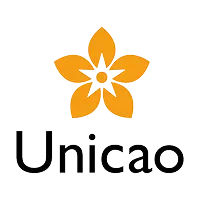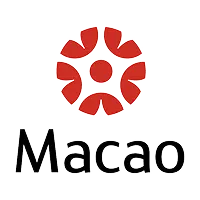Our experts are here to help.
Cocoa beans, sourced right
As a leading cocoa bean originator, we have a deep-rooted presence in the major cocoa-growing regions. The breadth of our global supply chain means we can source a wide variety of cocoa beans from Ecuador to Côte d'Ivoire to Papua New Guinea and Ghana.
Processing
Nurturing the finest cocoa beans

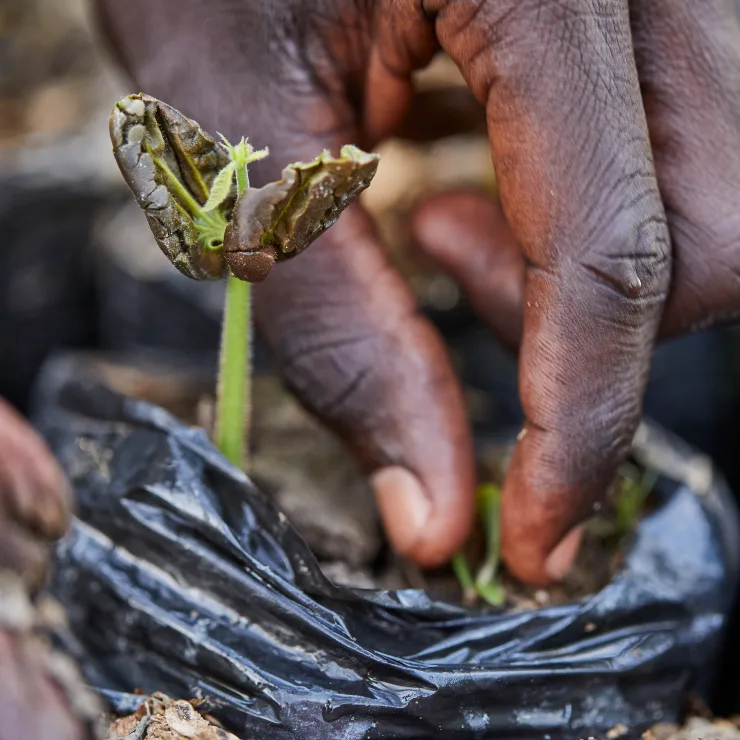
Sustainability
Cocoa for communities
We know that sustainable development is key to long-term growth in remote regions, where agricultural communities are often living below the poverty line. No one company can tackle systemic issues alone. Together as an industry, in collaboration with governments and civil society, we can all play our part to address social and environmental issues like quality education, capital access and the effects of climate change.
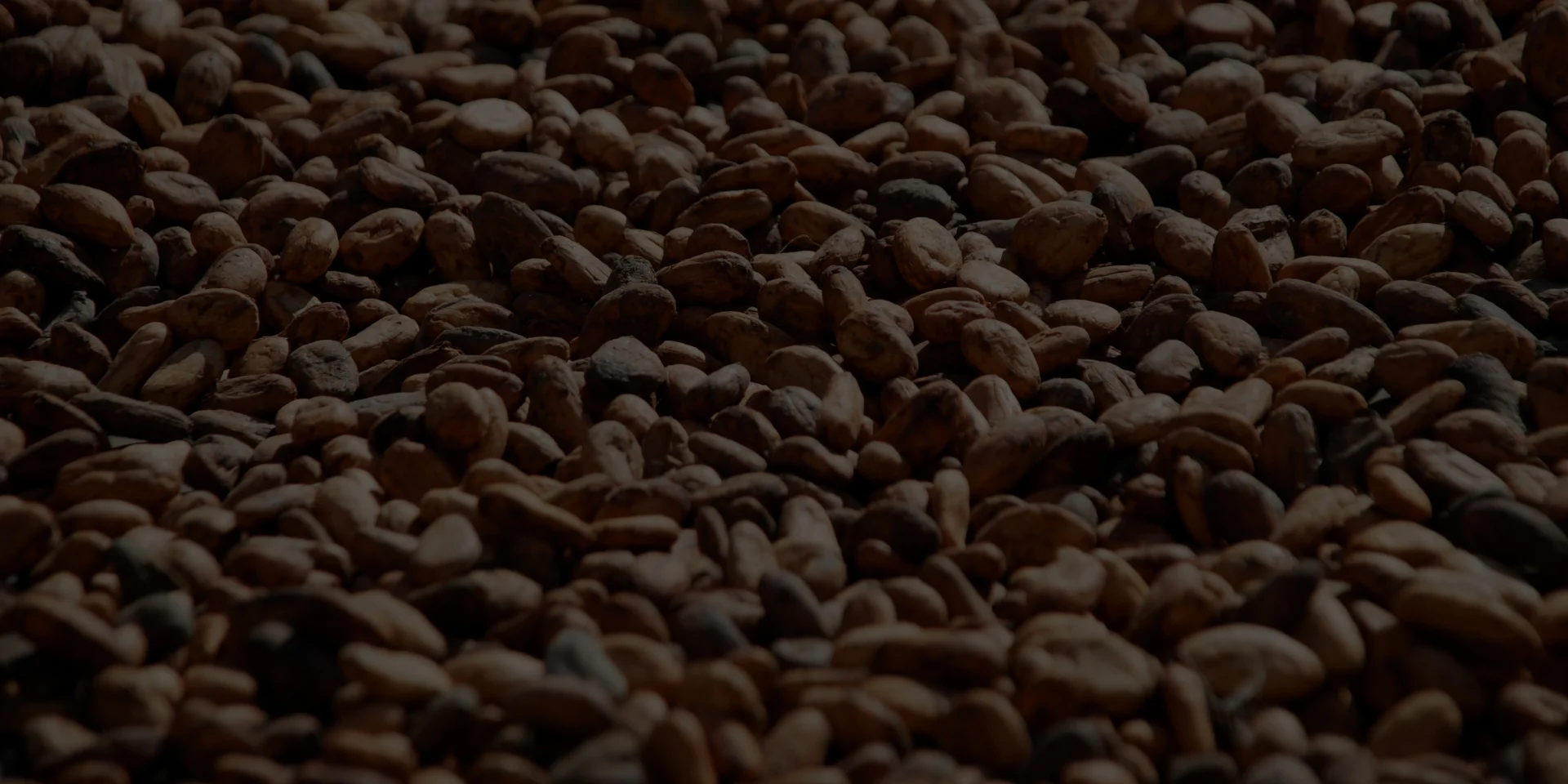
ofi cocoa beans in numbers
%
of our direct cocoa bean supply chain is traceable*
#
Cocoa bean originator*
* Numbers are subject to change
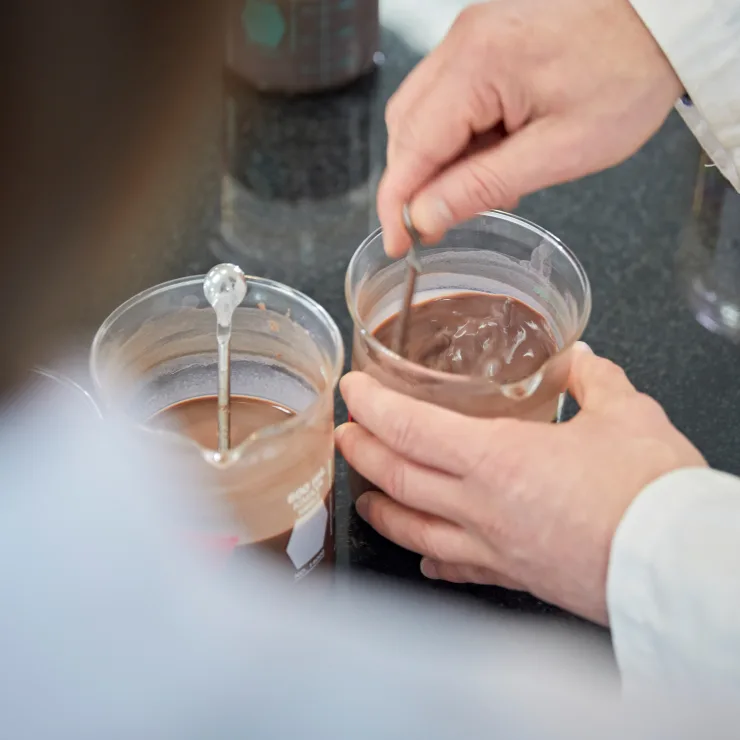
Innovation that never stops
For flavor
We carefully study each cocoa variety’s unique characteristics and taste profile, utilizing specialized methods for growing, harvesting, drying and fermenting to bring out the richest flavors. To ensure the best quality, we test our findings with both in-house experts and external specialists—then share these insights with farmers
For tomorrow
Our agronomists work hand-in-hand with farmers, refining techniques that enhance both quality and sustainability. By promoting eco-friendly farming, efficient water management and better yields, we help protect the environment while enabling long-term success for cocoa growers.
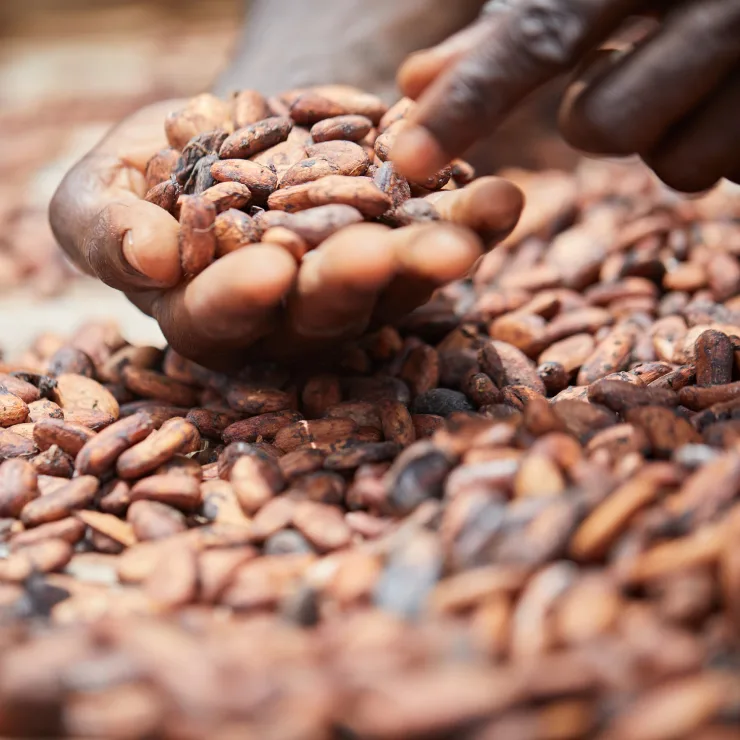
Our promise
What’s so great about ofi’s cocoa beans?
By leveraging proprietary technology, we help provide transparency throughout the supply chain. That’s a win-win for both growers and customers. And then there’s our incredible people. The expertise and passion of our dedicated local teams helps us discover and share the most captivating and flavorful cacao and cocoa developments.
